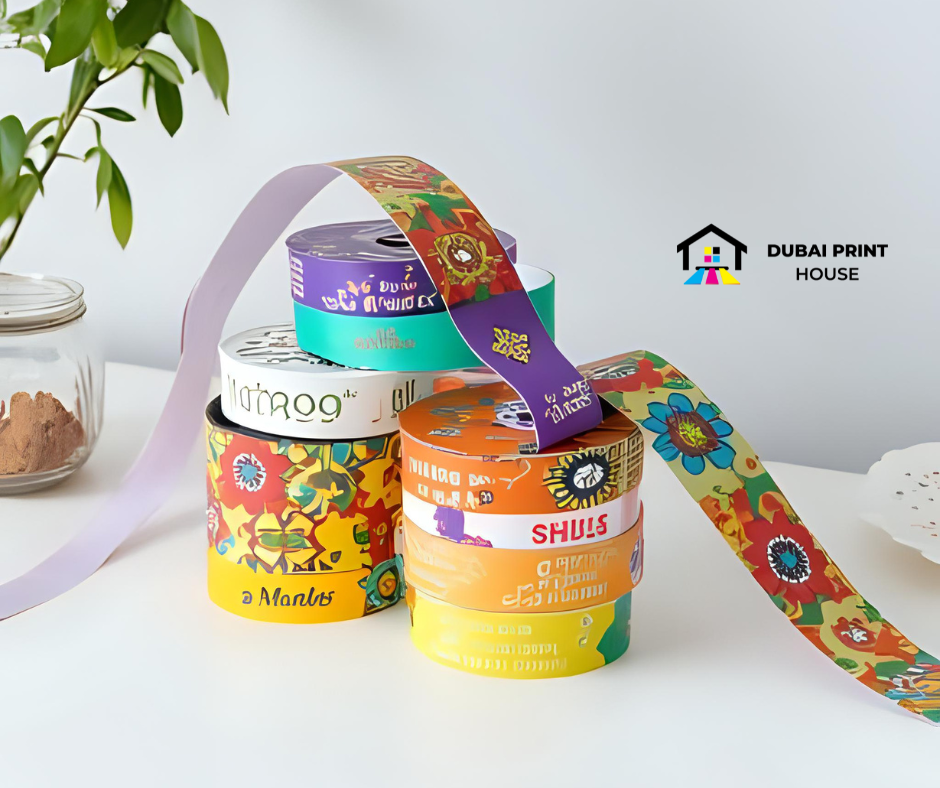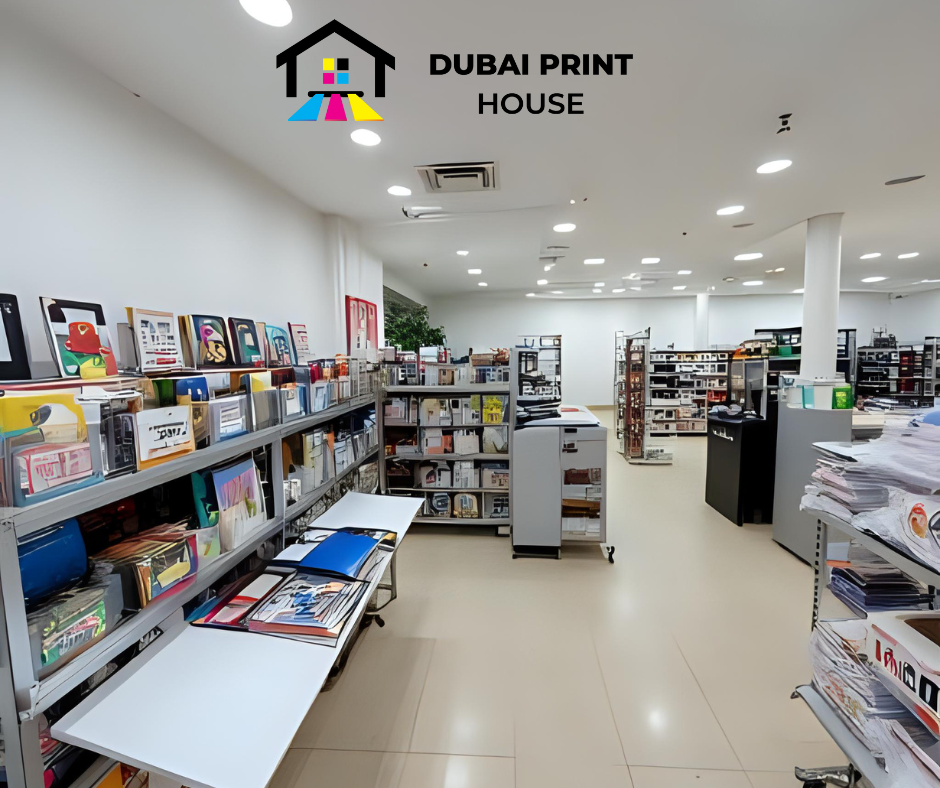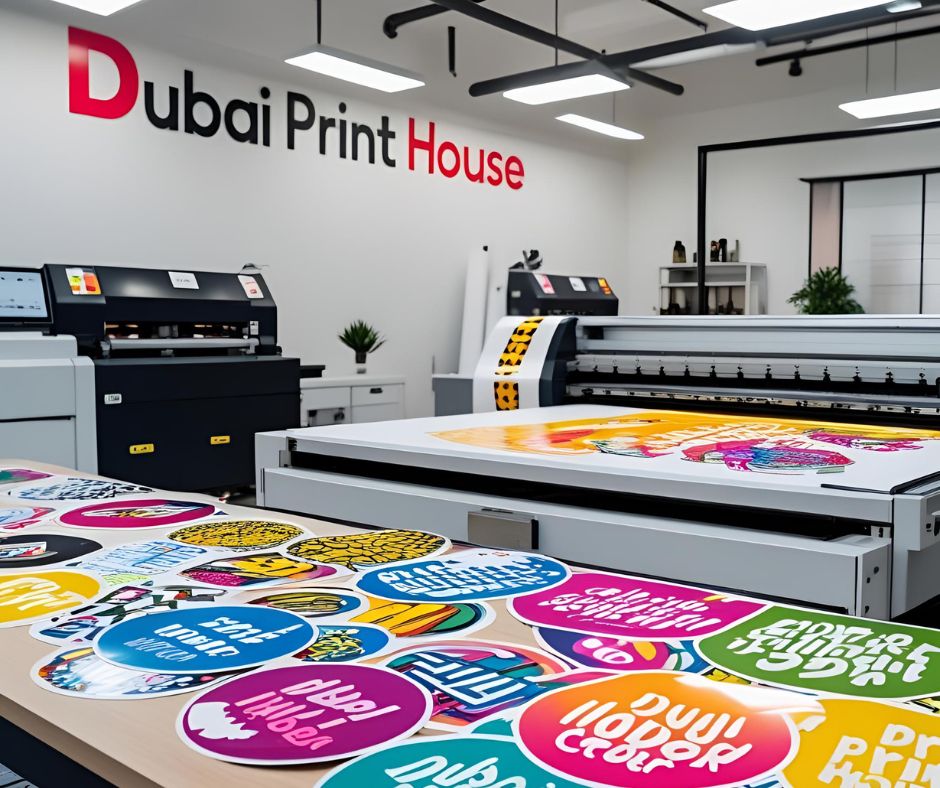Flyers are a powerful tool for grabbing attention and delivering important messages effectively. Whether you’re promoting a business, hosting an event, or sharing a local announcement, selecting the best fonts for flyer design is crucial. The right fonts help set the tone of your message, enhance readability, and leave a lasting impression on your audience. When designing a flyer, fonts are more than just text—they are visual elements that guide the reader’s experience.
Choosing fonts that match the nature of your event or business is essential for creating a professional and engaging flyer. The best fonts for flyer design not only improve the aesthetic appeal of the flyer but also ensure that your message is easily understood at a glance. This guide will walk you through font selection, providing valuable tips and recommendations to make sure your flyer stands out and effectively communicates your message to the target audience.
Why Fonts Matter in Flyer Design
Fonts are more than just text—they visually communicate your message and shape how people feel about your content. Choosing the best fonts for flyer design is not just about style, but also about how effectively your message is delivered. The right font can boost readability, create emotional impact, and guide the viewer’s attention. Whether you’re aiming for a professional look, a fun vibe, or a sleek and modern feel, your font choice plays a major role in your flyer’s success.
Here’s why fonts matter so much in flyer design:
- ✅ Instant First Impression: The font sets the tone of your flyer in seconds—before anyone even reads the message.
- ✅ Improves Readability: A good font makes your content easier to scan and understand, especially from a distance.
- ✅ Reflects Brand Identity: The right font helps align the flyer’s design with your brand’s personality and purpose.
- ✅ Boosts Engagement: Visually appealing fonts attract more attention and increase the chance of the flyer being read.
- ✅ Organizes Information: Fonts help create a clear visual hierarchy—making headlines pop and important details stand out.
- ✅ Enhances Visual Appeal: A well-chosen font improves the overall design, making your flyer look clean, modern, or creative—depending on your goal.
Always choose the best fonts for flyer design that support your message, enhance clarity, and align with your audience’s expectations.
Different Types of Fonts and When to Use Them
When selecting fonts for flyers, it’s important to pick a style that aligns with your message and audience. The right font can significantly enhance the effectiveness of your flyer. Here’s a breakdown of the different font types and when they are best used in flyer designs:
1. Serif Fonts: Classic and Formal
Serif fonts are traditional and carry a sense of authority and professionalism. They have small lines or “serifs” at the ends of each letter, which gives them a more formal and timeless look. These fonts are perfect for conveying a sense of trust, reliability, and professionalism.
- Examples: Times New Roman, Georgia, Garamond
- Best Use: Ideal for business services, corporate events, or product promotions. They work well in formal settings such as professional brochures and brochure text that require clear, legible text with a more traditional tone.
2. Sans Serif Fonts: Clean and Modern
Sans serif fonts are sleek, minimalistic, and modern. They lack the small lines at the ends of letters, which makes them clean and highly readable—especially at smaller sizes or on screens. These fonts are perfect for conveying simplicity and clarity.
- Examples: Arial, Helvetica, Futura
- Best Use: Perfect for tech-related promotions, startup businesses, and casual events. Sans serif fonts are commonly used in social media promotions, flyers for modern companies, and event advertisements that need to appear fresh and contemporary.
3. Script Fonts: Elegant and Creative
Script fonts mimic cursive handwriting and have a creative, artistic flair. They add an elegant and personal touch, making them ideal for creative, special, or festive occasions. These fonts evoke a sense of warmth and uniqueness.
- Examples: Pacifico, Brush Script, Lobster
- Best Use: Best for weddings, fashion events, creative workshops, or any event that needs to appear artistic and personalized. Script fonts can make your flyer or brochure text feel inviting, stylish, and tailored to a specific, often luxury, audience.
4. Display Fonts: Bold and Eye-Catching
Display fonts are designed to grab attention. They are bold, large, and visually unique, making them perfect for headlines, promotions, or special events where you want to make a statement. These fonts demand attention and are highly effective for creating dramatic impacts.
- Examples: Bebas Neue, Impact, Playbill
- Best Use: Perfect for sales events, special offers, and large headlines. They are great for creating bold advertising materials that need to stand out quickly, such as banners or flyers for time-sensitive promotions.
5. Monospaced Fonts: Functional and Technical
Monospaced fonts are designed where each character takes up the same amount of space. They are highly functional and lend a technical, retro feel. They work well for content that requires a precise, organized appearance.
- Examples: Courier New, Consolas, Lucida Console
- Best Use: Ideal for technical flyers, instructional materials, or coding-related events. They can also be used in creative contexts to add a touch of nostalgia or a professional, structured look to the design.
6. Handwritten Fonts: Personal and Friendly
Handwritten fonts have an informal, personal vibe. They mimic the natural flow of handwriting, making them feel more approachable and relatable. These fonts can help create an inviting atmosphere for casual events or local businesses.
- Examples: Amatic SC, Dancing Script, Pacifico
- Best Use: Perfect for local events, small businesses, or informal workshops. Handwritten fonts make flyers feel more personal, often used for community-based events or casual, friendly promotions.
7. Modern Fonts: Sleek and Trendy
Modern fonts are clean, stylish, and often come with futuristic shapes. These fonts tend to have bold lines and minimalistic details, offering a sleek, innovative look. They are best used when you want to communicate cutting-edge design.
- Examples: Raleway, Gotham, Avenir
- Best Use: Ideal for high-tech businesses, product launches, or fashion events. Modern fonts work well for conveying a sense of innovation and trendiness in flyers for cutting-edge brands or contemporary settings.
Key Considerations When Choosing Fonts for Flyers
Choosing the best fonts for flyer design isn’t just about picking something that looks nice. Here are a few important things to keep in mind when selecting your fonts:
1. Legibility and Readability
One of the most important factors in choosing a font for your flyer is making sure it’s easy to read. Even the most beautiful fonts won’t work if people can’t read them clearly from a distance. Stick with fonts that maintain their clarity when printed large or small. Avoid overly decorative fonts, especially for body text.
2. Match Fonts to Your Message
The best font for advertising should align with the message you’re sending. For example, a serious corporate flyer will need more traditional fonts like serifs or clean sans serifs. For a fun event like a concert or party, you might choose a display or script font. Matching your font to your content will help your flyer feel cohesive and appropriate.
3. Pair Fonts for Impact
Combining two complementary fonts is a great way to create a balanced, dynamic flyer. You can mix a serif font for the body text with a display font for the headline, creating a visual contrast that guides the reader’s eye. Be careful not to use too many fonts on a single flyer—this can make your design feel cluttered.
4. Font Size and Hierarchy
To ensure that your flyer is easy to navigate, pay attention to font size and hierarchy. Your headline should be the largest, followed by subheadings and body text. This clear visual hierarchy makes the flyer easier to read and helps guide the viewer through the information.
Top 10 Best Fonts for Flyer Design
Here’s a list of some of the best fonts you can use for your flyer designs:
- Montserrat – A clean and modern sans serif, perfect for tech flyers.
- Merriweather – A serif font that adds elegance while ensuring readability.
- Lobster – A bold, friendly script font ideal for events and promotions.
- Bebas Neue – A display font known for its bold, strong look.
- Raleway – A sleek and modern sans serif, great for contemporary designs.
- Futura – A geometric sans serif with a clean, minimalist feel.
- Georgia – A classic serif font that’s both stylish and easy to read.
- Playfair Display – A serif font that’s perfect for high-end events and elegant flyers.
- Pacifico – A playful script font that works well for fun and creative events.
- Impact – A no-nonsense display font that grabs attention with ease.
These fonts are highly versatile, easy to read, and great for creating professional-looking flyers, advertising materials, and promotional designs.
Mistakes to Avoid When Choosing Fonts for Flyers
While selecting the right font is crucial, there are some common mistakes to avoid in flyer design:
- Overusing too many fonts: Stick to two or three complementary fonts. Using too many can make your flyer look chaotic.
- Choosing fonts that are hard to read: Avoid fancy fonts for body text, especially for smaller sizes. The goal is to make your message clear.
- Ignoring font pairing: Mixing incompatible fonts can make your flyer look unprofessional. Try to combine fonts that work well together in terms of style and size.
Conclusion: Creating Flyers That Stand Out
The best fonts for flyer design are those that balance style, readability, and brand identity. Whether you’re designing a flyer for a corporate event, a creative workshop, or a local sale, the font you choose will play a big role in how your message is received. Remember to select fonts that match your flyer’s tone, ensure readability, and enhance the overall design.
Experiment with different font combinations, and use the tips provided to create eye-catching, professional flyers that get noticed. With the right fonts, your flyers will not only stand out but will also effectively communicate your message to your audience.
FAQs
Q: What is the best font for advertising?
For advertising, sans serif fonts like Helvetica or Montserrat are excellent because they’re clean, modern, and highly readable.
Q: Can I use script fonts for flyers?
Yes! Script fonts are perfect for adding a creative touch, but they work best for headings or short phrases rather than body text. Always prioritize readability.
Q: How many fonts should I use on a flyer?
It’s best to stick to two or three fonts for a flyer. One font for the headline, one for body text, and perhaps one for a subheading or call-to-action.
Q: What are the best fonts for flyer design that look professional?
Fonts like Montserrat, Georgia, and Playfair Display are among the best fonts for flyer design when you want a clean, professional look with high readability.
Q: Can I mix different fonts in my flyer design?
Yes, combining two complementary fonts—like a serif for the body and a bold display font for headlines—can enhance your flyer’s impact. Just avoid using more than 2–3 fonts.
Q: What are common mistakes to avoid in flyer font selection?
Avoid using too many fonts, hard-to-read styles, or fonts that don’t match your brand’s tone. Always prioritize readability and consistency in design.
By following these guidelines and using the best fonts for flyer design, you’ll create designs that are not only visually appealing but also effective in delivering your message.



